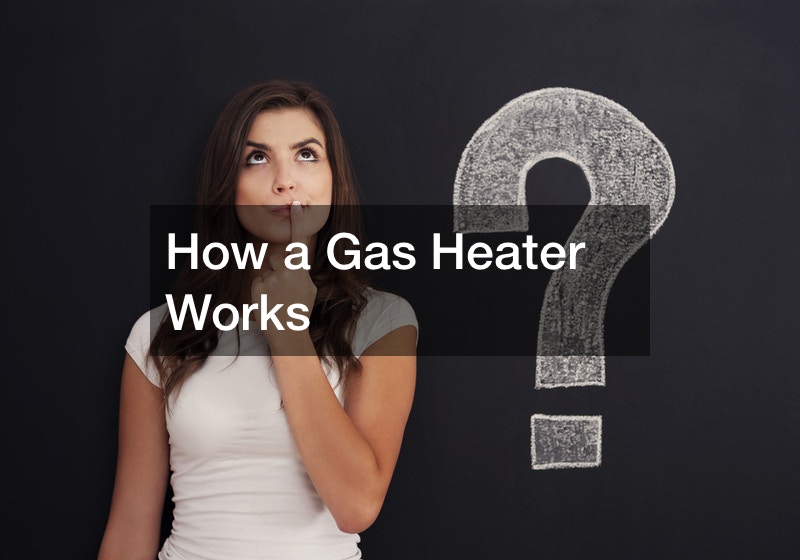
You may not need your heater working all year long, but before the cold winter sets in, make sure to do heating repair and maintenance. This article will break down some of the basic functions of the heater so you can do any maintenance on it before it kicks into gear.
Basics
The furnace uses natural gas that is burned to warm the heat exchanger inside. The fumes from this are removed through a gas vent. A blower pushes clean air over the heat exchanger to warm it up and this goes into the house until the desired temperature is reached and the thermostat shuts off the process.
Efficiency
The efficiency of a furnace is measured by the Annual Fuel Utilization Efficiency (AFUA) metric. This measures fuel burned v. fuel converted to heat. Mid-level heaters will convert 80% of fuel to heat, whereas high-efficiency heaters can accomplish 90%+.

There are also single or dual-stage furnaces. Single-stage means that heat is either fully on or not, but dual-stage can use a reduced run to give your home more consistent temperatures.
Safety Switches
If something is compromised in the heater, safety switches will shut it down. The furnace has a flashing light that will blink in code to let you know what’s wrong. The codes are unique to each model, so a manual is necessary for translation.
To get a more thorough breakdown of how a gas heater functions, watch the video above. Make sure to call your heat serviceman before the winter months roll around to avoid any problems!
